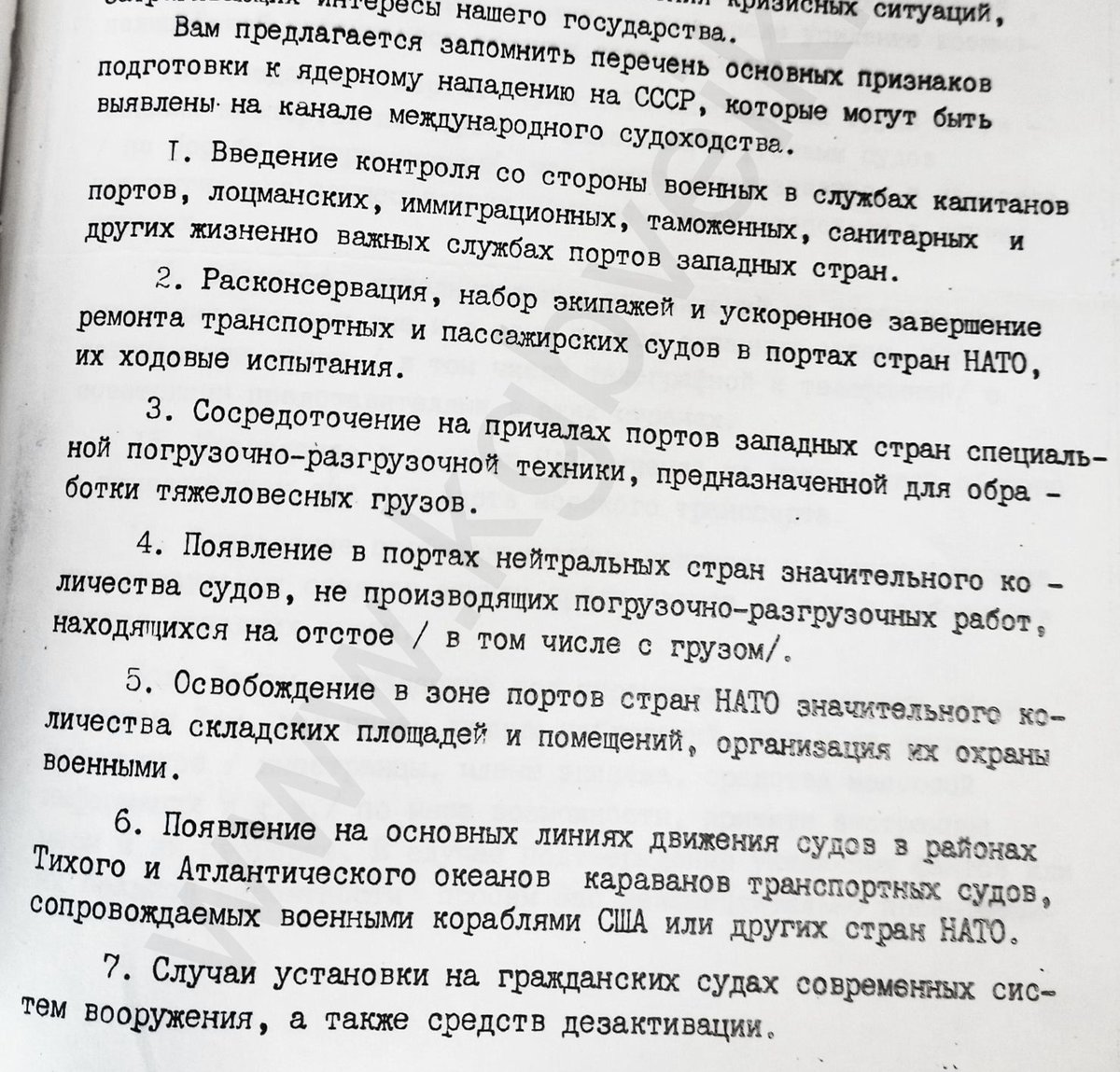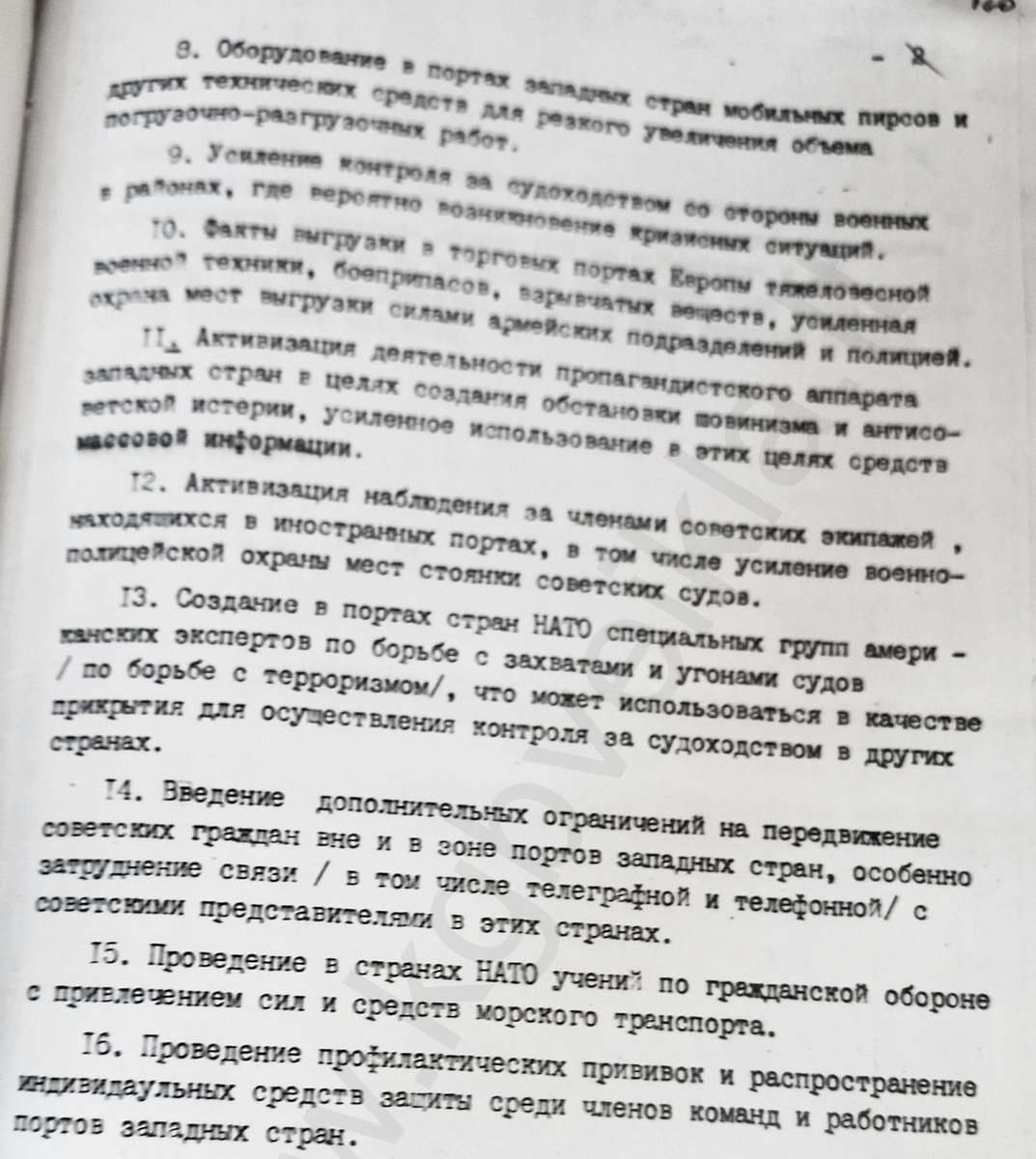🧵From a secret letter to Vice Admiral M. A. Usatov, deputy head, First Chief Directorate, #KGB, May 1979.
How Lithuanian KGB planned to spy on NATO:
1. Using its foreign agents to conduct visual surveillance, make contacts with officials and employees of NATO facilities, and
How Lithuanian KGB planned to spy on NATO:
1. Using its foreign agents to conduct visual surveillance, make contacts with officials and employees of NATO facilities, and

spot individuals open to being developed for recruitment.
4 KGB foreign agents mentioned in this context (3 US citizens: codename ODYSSEUS - Prof at Columbia U; codename PILIS - Prof at U of Virginia; codename SHURIN - Group leader at New York U). ⬇️
4 KGB foreign agents mentioned in this context (3 US citizens: codename ODYSSEUS - Prof at Columbia U; codename PILIS - Prof at U of Virginia; codename SHURIN - Group leader at New York U). ⬇️

2. Using its agents among Soviet citizens to obtain information on foreign citizens who are directly or indirectly connected to NATO facilities with the aim of their potential recruitment.
3. Using foreign citizens who visit the Lithuanian SSR to obtain information on NATO facilities.
4. Accumulating analytic and other materials on the main and peripheral NATO facilities.
4. Accumulating analytic and other materials on the main and peripheral NATO facilities.
The entire letter can be downloaded here: kgbveikla.lt/docs/show/2231…
• • •
Missing some Tweet in this thread? You can try to
force a refresh








